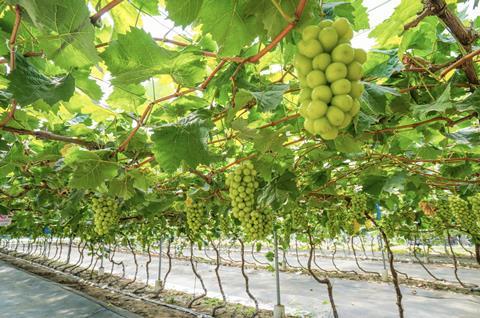Changes to production in China, India and the US could affect world markets

Changes in supply, as well as within table grape categories themselves, will affect the future development of markets in the East and the US for South African exporters.
Riaan Swart, grape champion for EMEA at Dole, told the South African table grape industry that one of the trends shaping the market was so-called disruptors in the East, most notably driven by influences from China and India.
Swart confirmed that China was gaining prominence as a table grape producer.
“The country has increasingly become a net exporter of grapes over the last three to four years and is still growing with their season now spanning from April to November,” he said.
“The increase in production also has implications for the opportunity China represents as an export destination for South Africa and other Southern Hemisphere producers.
“Due to factors such as increased domestic production, it is likely that China will feature as a niche export market rather than a big volume market,” he continued.
The introduction of newer varieties has resulted in some changes to the length and nature of India’s production season, with the peak of production now forecast for February onwards.
Exports from India to the EU are expected to start peaking from week 10 onwards, competing with shipments from South Africa.
Changes in categories of grapes could also affect prospects for South Africa in that market.
“The ideal sales window for South African table grapes to the US is from January to mid-February when South Africa can fill some of the gaps in supply from Chile and Peru,” Swart outlined.
“The latest retail trends in the US show that, with the introduction of new white seedless varieties, sales have shifted from 50 per cent white seedless and 50 per cent red seedless, to 75 per cent white seedless, 25 per cent red seedless, and 5 per cent black seedless.”
In South Africa red seedless has dominated for some time, but recent years has seen the white seedless category grow significantly as new varieties have entered the market.



